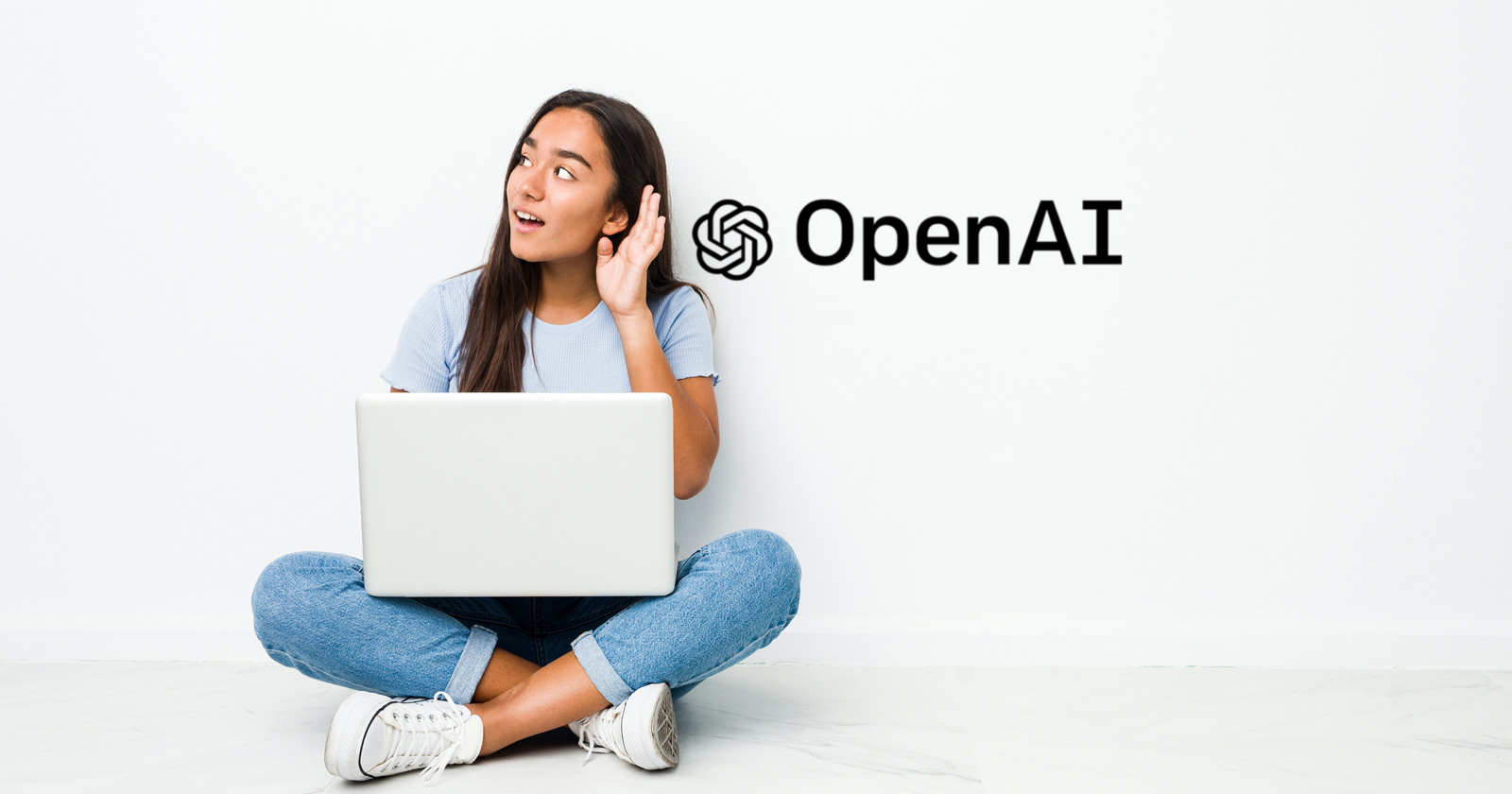Now Microsoft Adds ChatGPT To Bing Search, CEO Nadella Says, “The Race Starts Today”

Microsoft has introduced ChatGPT to Edge and Bing. Satya Nadella commented that the race has started now. Microsoft has combined search, browsing, and chatting. Microsoft Edge has been updated with artificial intelligence capabilities, and a new look, and chat and typing features have been added. Edge can summarize lengthy financial reports and help with content creation, adapting to the web page being viewed. The new Bing is powered by the next-generation OpenAI big language model, more advanced than ChatGPT and GPT-3.5.
Microsoft developed a proprietary method, called the Prometheus model, to maximize the performance of the OpenAI model. Artificial intelligence was used in the main search engine Bing, which led to a significant improvement in relevance.
Availability Of ChatGPT
The company will expand the view to millions in the coming weeks. A mobile version will also be shown soon. Based on GPT-3.5, a language model trained for text generation, ChatGPT is optimized for conversational dialogue using Reinforcement Learning with Human Feedback (RLHF). The answers from ChatGPT sound quite human because they were trained on a huge amount of data written by humans.

ChatGPT limitations
A chatbot may not be able to provide detailed information or understand the context or nuance of a conversation. If the data that ChatGPT is trained on is skewed, the responses the bot provides will also be skewed. All companies must be vigilant about monitoring chatbot output to ensure it does not contain biased and offensive content.
Ever since OpenAI released its sensational ChatGPT bot in November, users have been randomly experimenting with the tool. For older millennials who grew up with IRC chat rooms—the instant text messaging system—the personal tone of bot conversations may evoke the experience of online chatting. But ChatGPT, the newest technology known as “large language model tools”, doesn’t speak with feeling and “think” the way humans do.
“There are a lot of monkeys out there that give you things that are impressive — but there’s a difference between the way humans make language and the way big language models do it,” he said. Not only do they draw on vast amounts of vocabulary and information, but they also understand words in context. A firm like Google has innovated tools for large language models that use programs that take human challenges and come up with sophisticated responses. In a revolutionary move, OpenAI has also created a user interface that allows the general public to directly experiment with it.

Koko co-founder Rob Morris took to Twitter to clarify that users weren’t talking directly to the chatbot, but that AI was being used to “help generate” responses. DoNotPay service’s founder claims its GPT-3-powered chatbot helps users resolve customer service disputes, also said the AI ”lawyer” would advise defendants in real courtroom traffic cases in real-time, though it later returned. over concerns about its risks. Other researchers seem to be taking more thoughtful approaches with generative AI tools. It can also interpret the intent of a user’s query, even if it’s phrased informally or conversationally.
Traditional search engines have a huge amount of pre-existing and real-time indexed data. Understanding the context of questions that people have been using, seems to be opening a new chapter in information-seeking for the future.
ChatGPT is currently trained on a model up to 2021 (according to OpenAI), which means it lacks information about current events or events that require real-time data. For ChatGPT to work properly, data sources should include pre-existing data, real-time data, and current data. This would substantially increase the relevance and timeliness of its applications and improve the user experience.
WHY UPDATED TRAINING DATA IS IMPORTANT
ChatGPT will process data in near real-time, this points to a future where data and information describing current events, facts, and statistics as well as relevant and insightful views. While artificial intelligence (AI) is making progress in automatically describing images with words and processing and summarizing social media information into a coherent account of current events, it will continue to require human agents to gather and create data, information, and opinions for the foreseeable future.

An important segment of the new environment will be the value of data, information collectors, and content creators. To ensure that ChatGPT provides accurate and up-to-date information, human activity may be required to collect and digitize the data.
PROS AND CONS
This technology can improve government chatbots by making them more personalized and effective. Delivering more personalized and efficient experiences is an attractive feature to note down. For example, a chatbot powered by ChatGPT can inform citizens of any pending services they may have. This would allow citizens to stay on top of their government-related tasks and help them be more planned.
Analyzing the other side of the coin, the increasing reliance on may increase the possibility that civilians may become, less settled in decision-making due to relying more on this technology. Just like smartphones and laptops have reduced our ability to memorize dates and addresses, this technology may affect humans’ thinking and analysis power.
edited and proofread by nikita sharma




